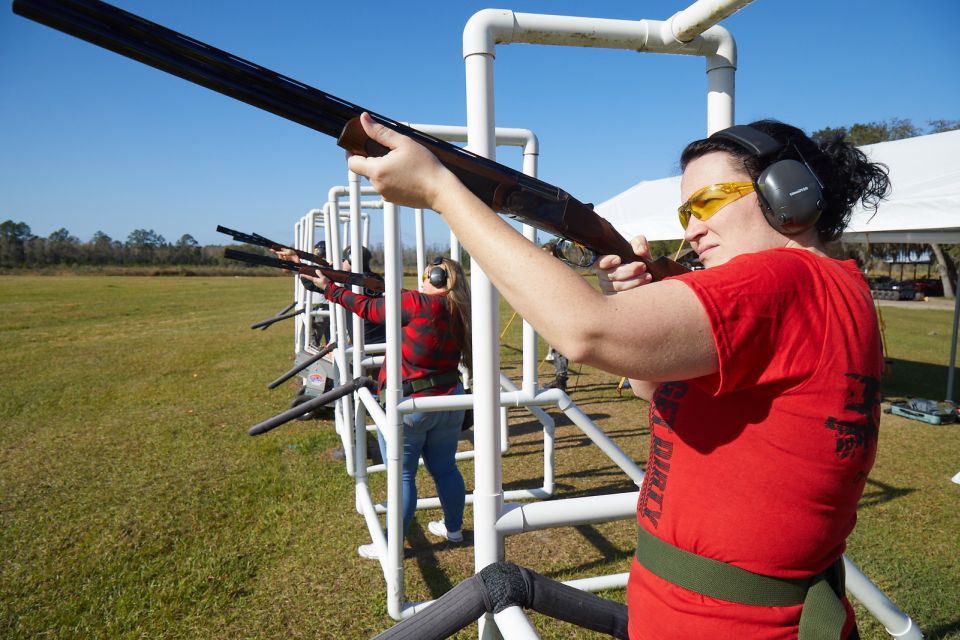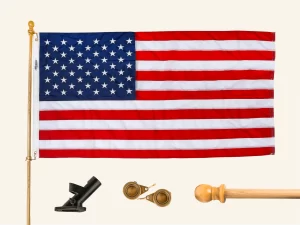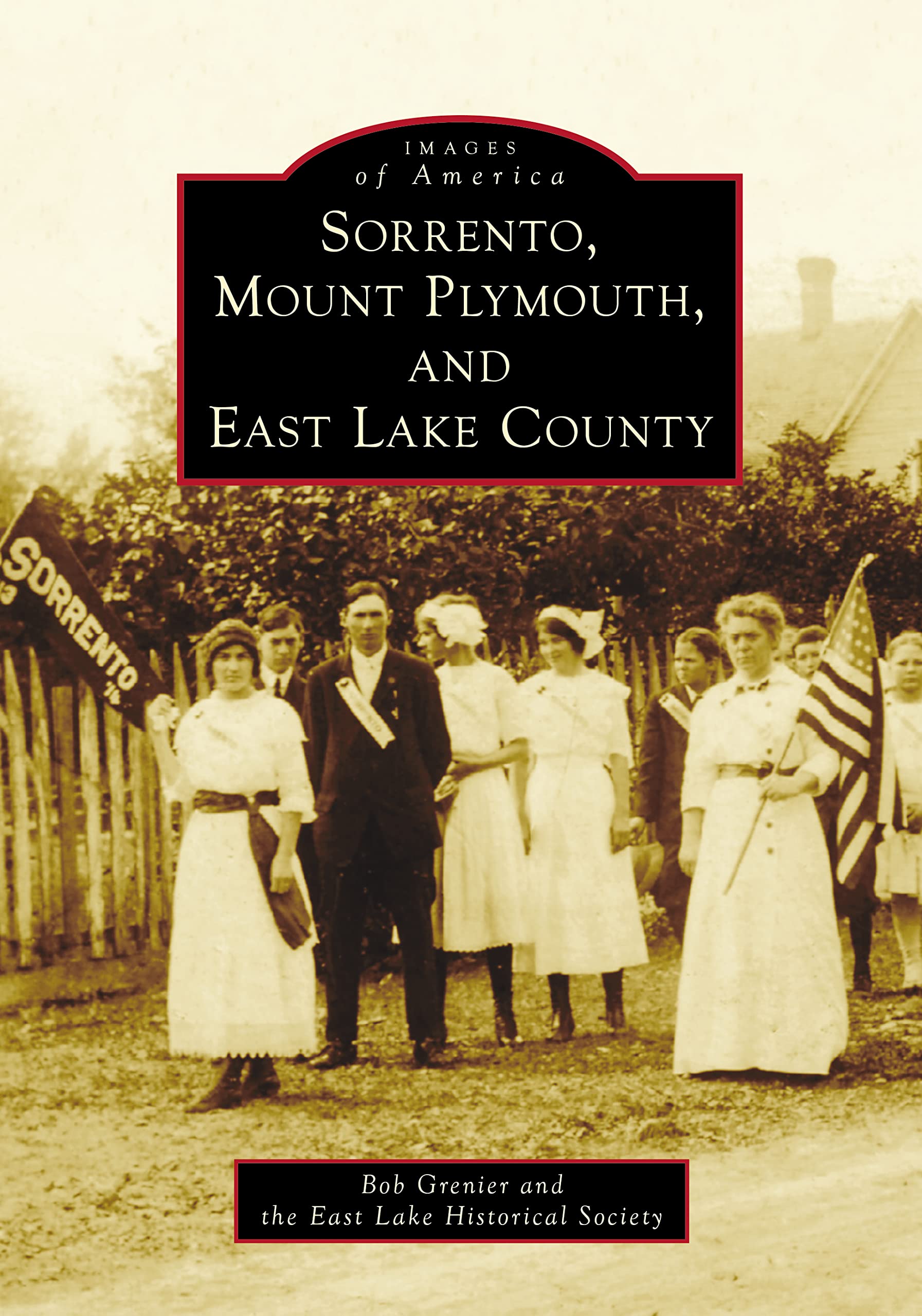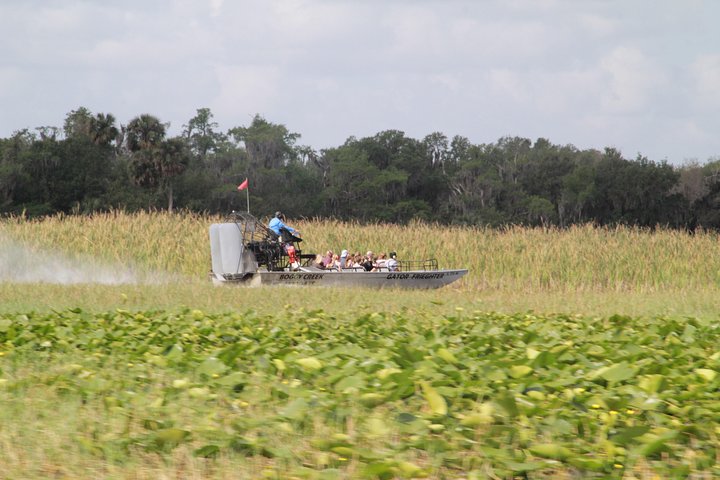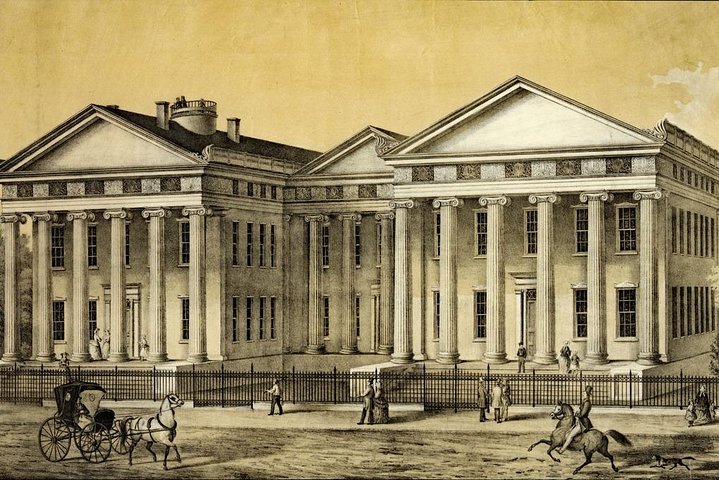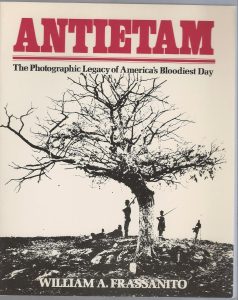Bentonville Battlefield State Historic Site Book Review
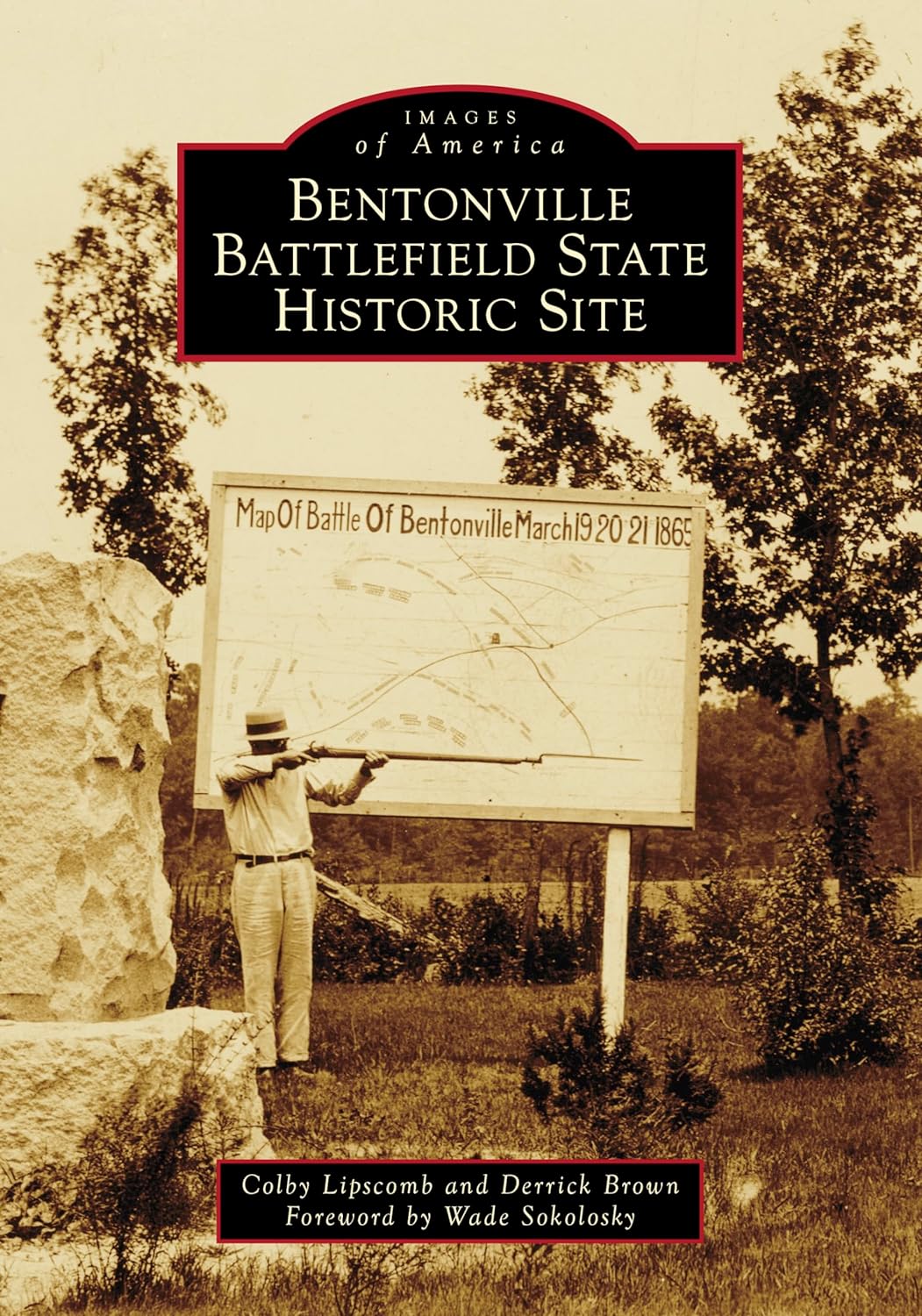

Lipscomb, Colby and Derrick Brown. Bentonville Battlefield State Historic Site (Images of America). Charleston: Arcadia Publishing. 2024. 128 pages, b/w photos. ISBN 9781467160766, $24.99.
The Images of America series from Arcadia Publishing provides readers/viewers with a formula ready way to learn a brief history of a selected topic. Some teach more history than others and some titles are more needed than others. I think the argument can be made that Bentonville Battlefield State Historic Site is a photo history that is needed.
Authors Colby Lipscomb and Derrick Brown have decades of experience at the battlefield as visitors and, currently, as staff members and this experience shows in their treatment of the material. As the authors themselves note, the book is not meant to be a retelling of the Battle of Bentonville, nor is it meant to be a history of the Bentonville community. Rather, “it is the authors’ fervent desire that these images relay the story of the struggles, victories, and labor that went into the creation of Bentonville Battlefield State Historic Site and making it the place it is.

Chapters
Authors Lipscomb and Brown cover a wide swath of ground in a concise 128 pages that can easily be consumed in a single sitting. Chapter one is titled The Battlefield, as should be expected. Maps, period engravings, and photos of the primary players comprise the majority of the chapter.
The community of Bentonville and battlefield monuments and memorials are chapters two and three. These chapters contain a nice mixture of vintage and modern images. The Goldsboro Rifles monument takes center stage with several nice images throughout the years. This monument was erected by veterans of the battle years before the Historic Site was created . Begun in 1894 and unveiled in 1895, the marker is in memory of the Confederate dead.
The Harper House, built in 1855, served as the home to John and Amy Harper. During the war, Union troops occupied the home. The use it as a temporary hospital for troops from Sherman’s XIV Army Corps. This structure is the only war era building still standing at the site and as such it plays a significant role in this book. Images include former inhabitants, grounds, the home through the years, and renovation efforts. For me, however, the chapter went on too long, reaching twenty-four pages.
The chapter titled Establishing a Historic Site brings to life the 1950s and 60s efforts to create the Bentonville Battlefield State Historic Site. With images as diverse the signing of the property document, to parades, to fieldwork, and the development of the visitor’s center, this is a fascinating chapter. Several images show just how far museum exhibits have come in the last sixty years.
Programs and events are a key part of any historic site and Bentonville has been an active participant since inception. From a special Boy Scout badge to the development and expansion of annual reenactments, and the arrival of army staff rides, Bentonville is eager to share an accurate and true history of the battle and the events surrounding it. This enthusiasm leads to the final chapter, Bentonville in the 21st Century.
In 1999, the opening of a new visitor’s center allowed the battlefield to welcome more guests than they had previously encountered. The “Dean of Civil War HIstorians,” Ed Bearss; “the unofficial mayor of Bentonville,” Tim Westbrook; and Eric Wittenberg, among others set the stage for the modern Bentonville park . With ongoing archaeological work, reinterpretations, and archival research, Bentonville is not an overlooked, end of the war, encounter. Visitors will learn of the 80,000 soldiers who fought here on March 19-21, 1865.
This book helps provide a gateway for readers wanting to learn more about the waning days of the Confederacy. Through this easy to navigate volume, readers will find themselves developing an interest in this late war conflict. They can then move to full battle treatments. Recommended.

Recommendations
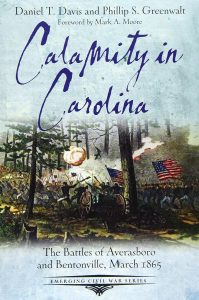 This book is not meant to be a retelling of the Battle of Bentonville. The authors do make two suggestions for readers interesting in learning more about this battle.
This book is not meant to be a retelling of the Battle of Bentonville. The authors do make two suggestions for readers interesting in learning more about this battle.
Mark L. Bradley authored the book Last Stand in the Carolinas: The Battle of Bentonville. Recommended by the authors as a companion book is Moore’s Historical Guide to the Battle of Bentonville. Both books are going on 30 years old.
For readers seeking a modern look at the battle in a concise and accessible format are referred to Calamity in Carolina: The Battles of Averasboro and Bentonville, March 1865. As part of the established Emerging Civil War series, this book is short, but full of detail, and comes with a budget friendly price of less than $20.
Thank you to Arcadia Publishing for providing a complimentary review copy of this book.
Click THIS LINK to read additional posts about books published by Arcadia Publishing/History Press.
If you are interested in soldiers from North Carolina, you should read my post on Charles George, a member of the East Band of the Cherokee Tribe who received the Medal of Honor for his actions during the Korean War. CLICK HERE to read more.

This post may contain affiliate links. If you click these links and make a purchase, I may receive a small commission. This commission does not affect any price that you pay. Affiliate programs or sponsors providing products do not influence the views and opinions shared in this blog.




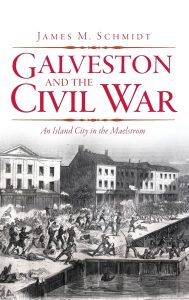














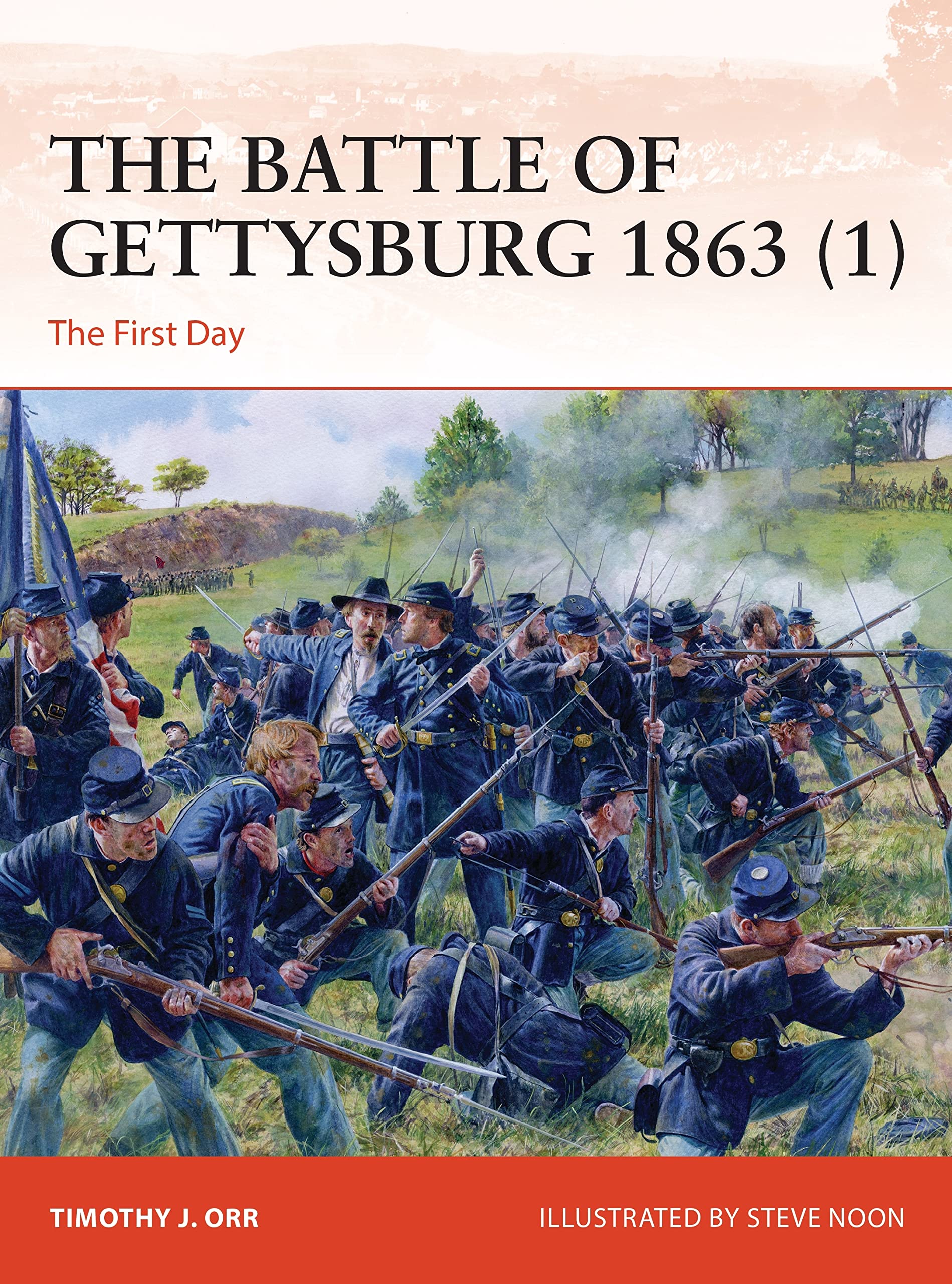
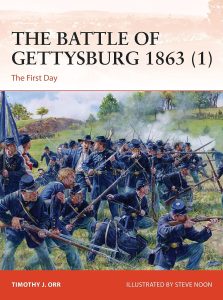




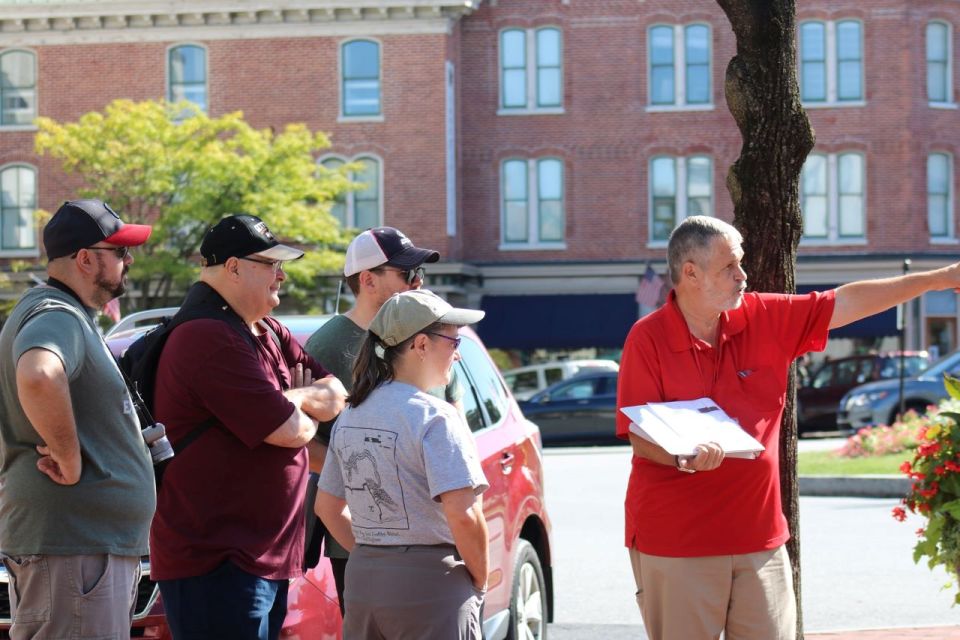
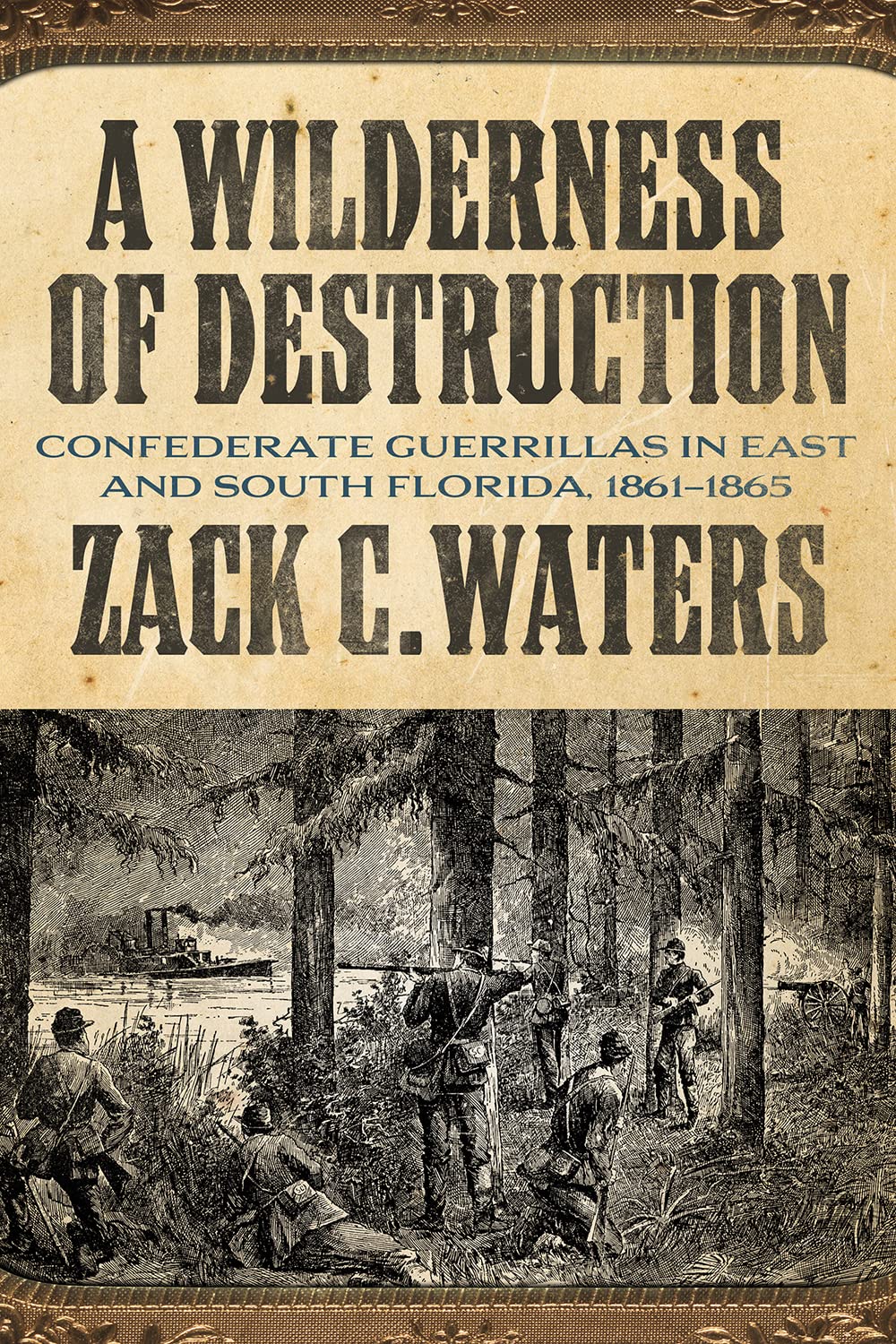



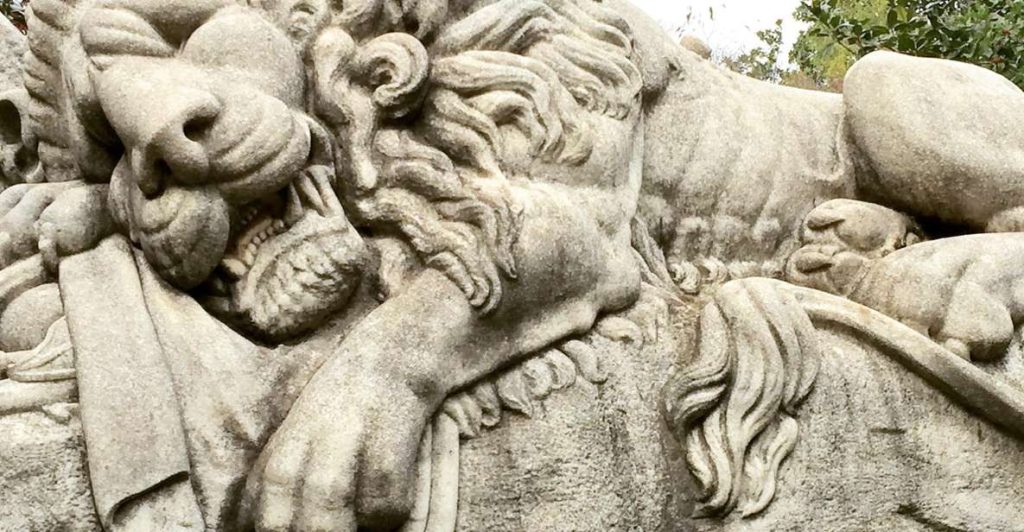
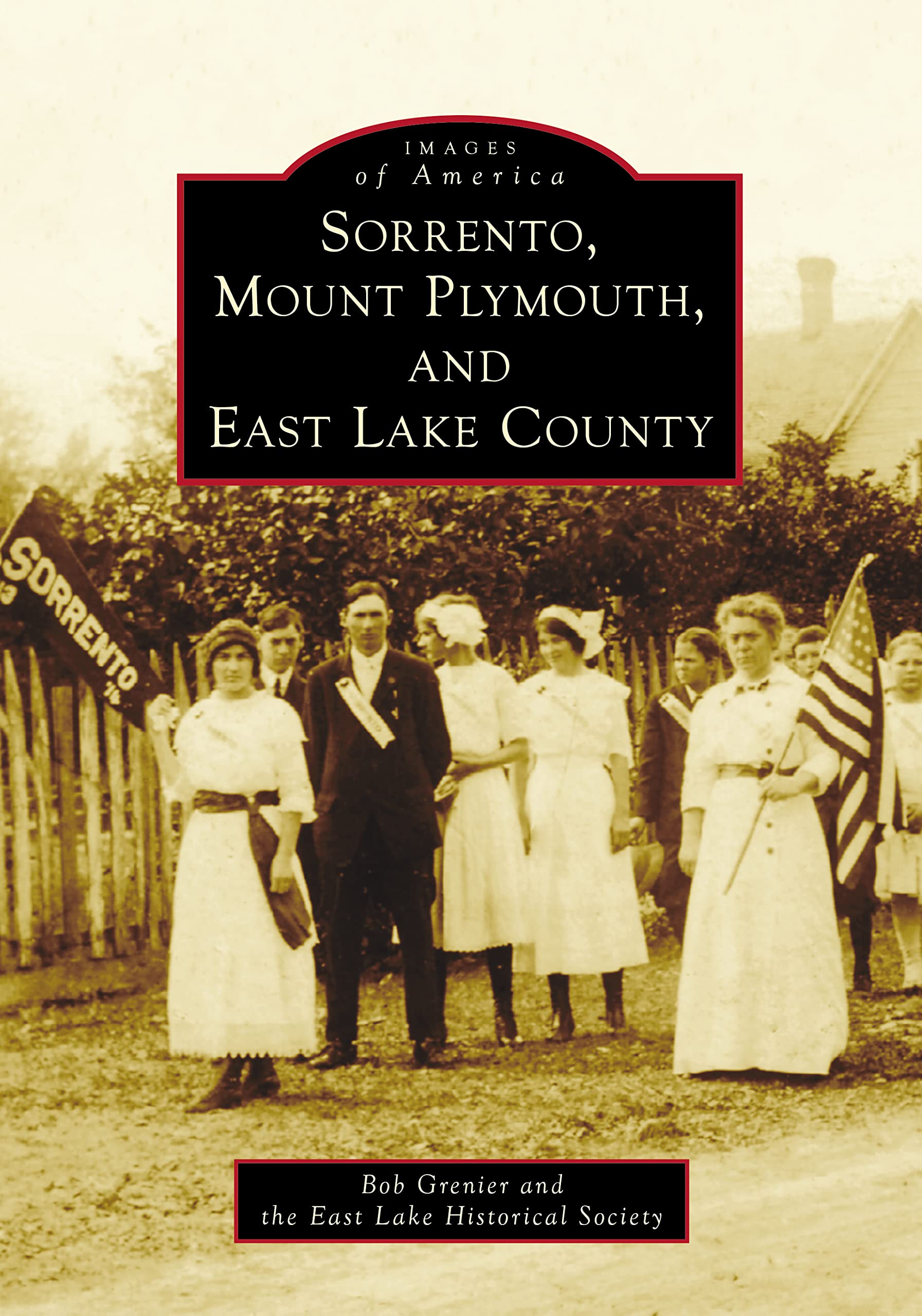
 Grenier, Bob and the East Lake Historical Society.
Grenier, Bob and the East Lake Historical Society. 